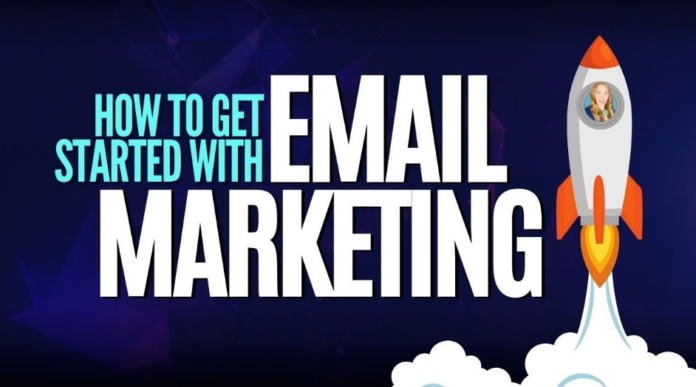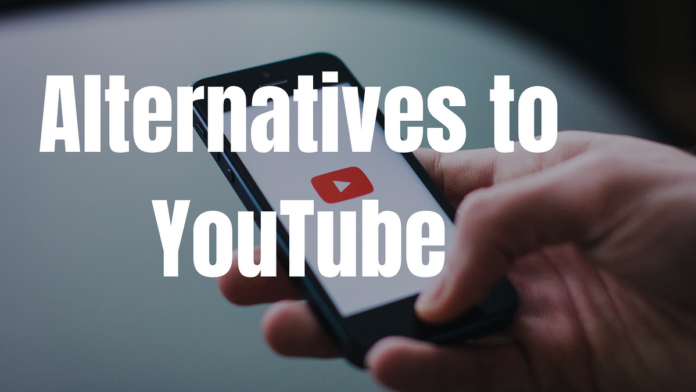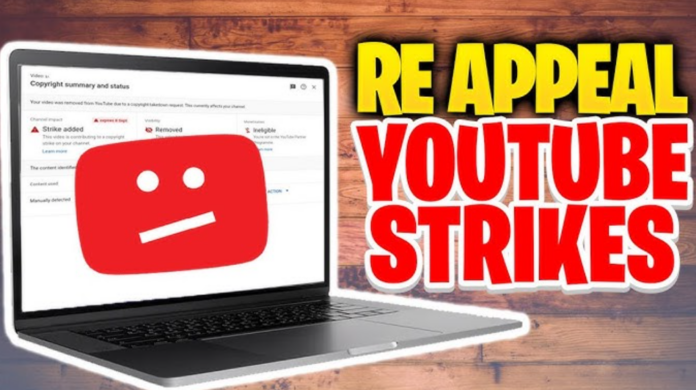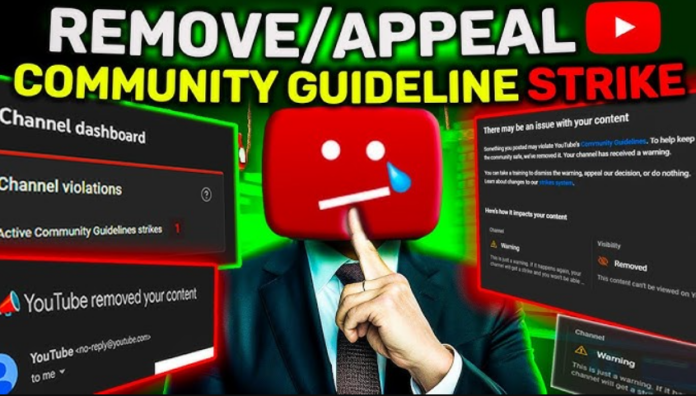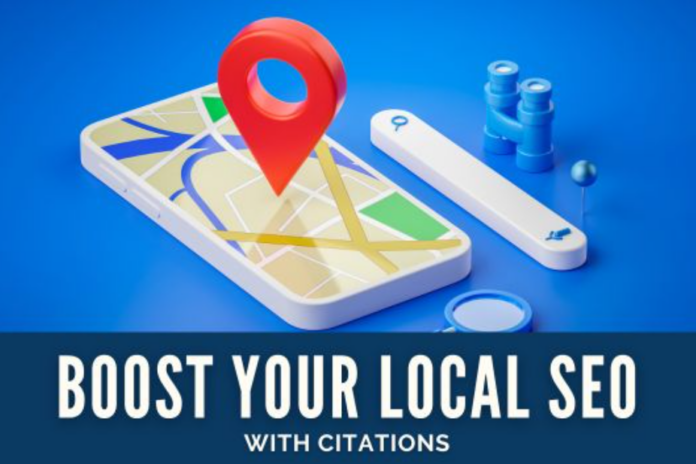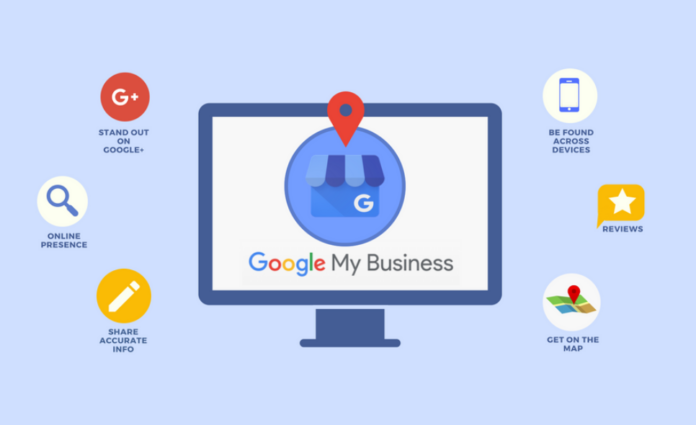Local keyword research is essential for businesses aiming to dominate their local market. It helps your business appear in local search results and connects you with potential customers nearby. By optimizing your content with relevant local keywords, you can attract highly targeted traffic, improve visibility, and drive sales. In this article, we will explore how to perform effective local keyword research and use those keywords to boost your online presence.
Why Local Keyword Research Matters
Local keyword research focuses on understanding what terms people in your area use when searching online. These keywords are critical for businesses offering location-specific services or products. For example, a bakery in Miami might want to rank for keywords like “Miami cupcake shop” or “best bakery near me.”
Key Benefits of Local Keyword Research
- Improved Local SEO: Enhances your chances of appearing in local search engine results.
- Higher Conversion Rates: Local searchers often have high intent, leading to better conversion rates.
- Better ROI: Helps you target an audience actively seeking your services, resulting in more effective campaigns.
Steps to Perform Local Keyword Research
Follow these detailed steps to uncover the best local keywords for your business:
Step 1: Understand Your Target Audience
Before diving into keyword tools, it’s crucial to understand your audience’s needs, preferences, and online behavior. Ask yourself:
- What services or products do they search for?
- What locations are they based in?
- What problems are they trying to solve?
Use surveys, customer reviews, and social media interactions to gather insights.
Step 2: Use Google Autocomplete and Related Searches
Google’s search bar provides instant keyword suggestions based on user queries. Type in terms relevant to your business and note the suggestions.
Example:
For a gym in Austin, you might type “Austin gym” and see suggestions like:
- “Austin gym memberships”
- “Best gyms in Austin”
- “Affordable fitness centers Austin”
Scroll to the bottom of the results page to explore related searches for more ideas.
Step 3: Leverage Local Keyword Research Tools
Specialized tools can help you uncover high-performing local keywords. Here are some top options:
- Google Keyword Planner:
- Provides search volume and competition data.
- Use location targeting to focus on specific areas.
- SEMrush:
- Offers detailed keyword analytics.
- Shows competitor rankings for local keywords.
- Ahrefs:
- Tracks local search volume and difficulty.
- Highlights keyword opportunities in your region.
- Google Trends:
- Identifies trending searches in your area.
- Compare keyword popularity across locations.
Step 4: Focus on Long-Tail Keywords
Long-tail keywords are specific phrases with lower competition but higher intent. They often include geographic modifiers like city names or neighborhoods.
Examples:
- “Affordable hair salon in Brooklyn”
- “Pet-friendly hotels in Chicago”
These keywords are more likely to attract customers ready to make a purchase.
Step 5: Analyze Competitors
Researching competitors can provide valuable insights into effective keywords. Visit their websites and identify:
- Titles and meta descriptions.
- Blog topics and headings.
- Keywords in their Google My Business (GMB) listings.
Use tools like SpyFu or Moz to analyze competitors’ keyword rankings.
Step 6: Optimize Google My Business Profile
A well-optimized GMB profile can significantly boost your local SEO. Include:
- Accurate business name, address, and phone number (NAP).
- Keywords in your business description.
- Regularly updated photos and posts.
Step 7: Use Local Keywords in Content Creation
Incorporate local keywords into:
- Website pages and blog posts.
- Meta titles and descriptions.
- Social media updates.
- Customer reviews (encourage users to mention locations).
Examples of Local Keyword Research in Action
Example 1: Restaurant in Seattle
Keywords:
- “Best seafood in Seattle”
- “Downtown Seattle fine dining”
- “Takeout near Pike Place Market”
Example 2: Plumbing Service in Los Angeles
Keywords:
- “24-hour plumbers Los Angeles”
- “Affordable plumbing repairs LA”
- “Pipe cleaning in Hollywood”
By targeting these specific phrases, businesses can increase their visibility and attract customers looking for their exact services.
Common Mistakes to Avoid
- Ignoring Local Intent:
- Avoid generic terms that lack a geographic focus.
- Example: Use “Boston car repair” instead of just “car repair.”
- Overloading Keywords:
- Keyword stuffing can hurt your SEO. Aim for natural integration.
- Neglecting Mobile Users:
- Ensure your site is mobile-friendly, as many local searches happen on smartphones.
Advanced Tips for Local Keyword Research
Use Voice Search Optimization
With the rise of voice assistants like Alexa and Siri, optimize for conversational queries.
Examples:
- “Where can I find vegan food in San Francisco?”
- “What are the top-rated electricians near me?”
Partner with Local Influencers
Collaborate with influencers in your area to generate more localized content and backlinks.
Monitor and Refine Keywords
Regularly review your analytics to see which keywords perform best. Adjust your strategy based on traffic, engagement, and conversions.
Final Thoughts on Local Keyword Research
Local keyword research is a vital component of a successful digital marketing strategy. By understanding your audience, leveraging tools, and optimizing your content, you can significantly enhance your local visibility and attract high-intent customers. Stay consistent, track your results, and refine your approach to achieve long-term success.


